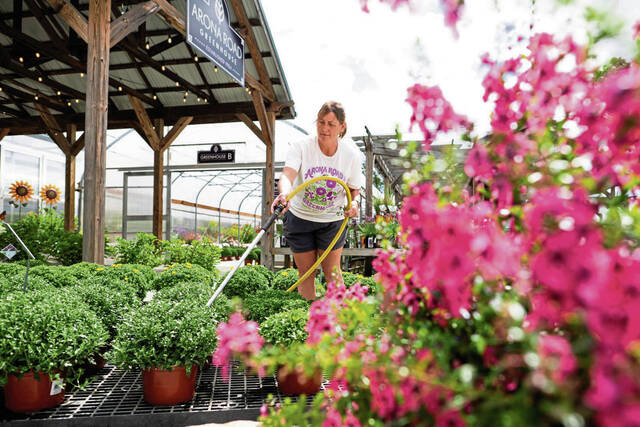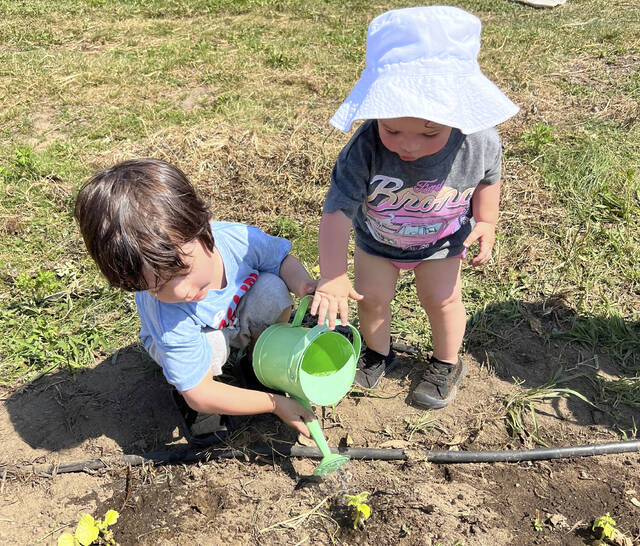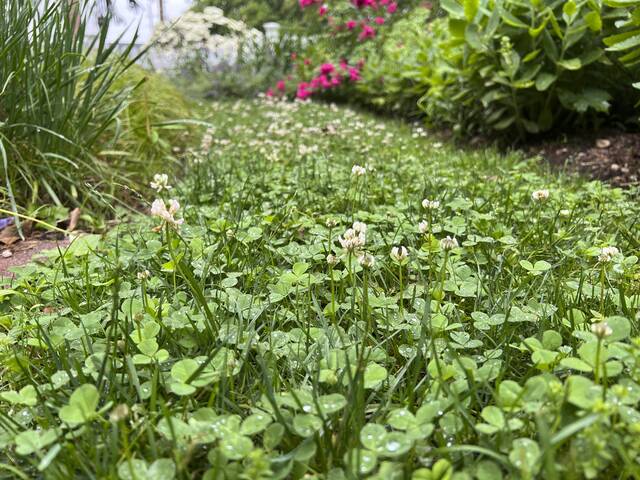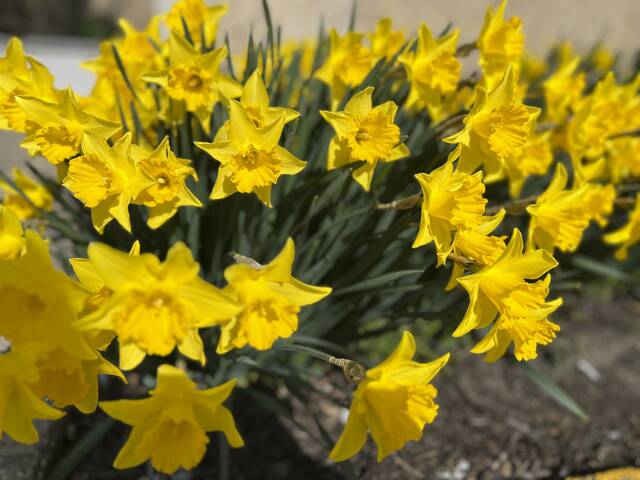Question: We grew a few parsley plants in containers this year. I have three curly plants and two flat-leaved plants. Now that cold weather is here, what should I do with the plants? Will they survive the winter? I don’t think we can eat all the parsley before it would spoil if I harvested it all now.
Answer: Parsley is an easy-to-grow herb. It requires very little care and provides a long season of harvest. As you know, there are two main types of parsley — flat and curly.
Flat and curly parsley are actually two different species of plants with many differences between them, though flavor and texture are likely to be the most important.
Curly parsley (Petroselinum crispum): Curly parsley tends to be used primarily as a garnish here in North America. The flavor is very strong, though it can also be quite bitter, depending on the variety. The texture of curly parsley makes it difficult to wash and a challenge to chop attractively, making it far more valuable to home cooks than it is to professional chefs who likely prefer flat-leaved parsley.
Flat-leaved or Italian parsley (Petroselinum neapolitanum): Italian parsley has a smoother texture than curly selections, and the flavor is both more intense and stronger, though it has less of a tendency to be bitter. It’s easier to wash and chop, though the stems aren’t always as sturdy as the stems of curly parsley.
Parsley is a cool weather-tolerant herb that’s a native of the Mediterranean region. It’s a biennial that produces a rosette of foliage during its first year of growth and flowers the second. In regions with a mild winter, parsley easily overwinters outdoors, but where winters are very cold, like here in Pennsylvania, the plant will likely not survive. While the parsley in my own garden sometimes overwinters, its biennial growth habit causes it to produce a flower stalk first thing the following spring. After the plant comes into flower, the taste turns bitter and then the plant dies. Because of this, most growers use parsley as an annual crop, replanting new plants each spring.
I recommend doing one of two things with your potted parsley plants. If you have a bright sunny window, bring the pots indoors and continue to grow the plants for as long as you can, making harvests whenever you like. Eventually, the plants will die off or generate flowers, but this technique should give you a few extra weeks of harvests.
Alternatively, you can harvest all of the remaining leaves and process them for later use. Parsley is very easy to dry, though I recommend using a food dehydrator to keep the green color and flavor intact. Hanging parsley to dry causes the leaves to turn brown and unsightly.
My favorite parsley preservation method is freezing. Put the harvested leaves into a plastic zipper-top bag and tuck the bag into the freezer. Whenever you need parsley for a recipe, break off a frozen clump, run it under cool water, and toss it into your recipe. The color will be slightly darker than fresh, but the taste will be close.
Another preservation option is to chop your fresh parsley in a food processor and freeze small clumps of it on a baking sheet. Transfer the frozen clumps into a plastic bag and store it in the freezer. Whenever you need parsley for a dish, pull out a clump and toss it into your recipe.








